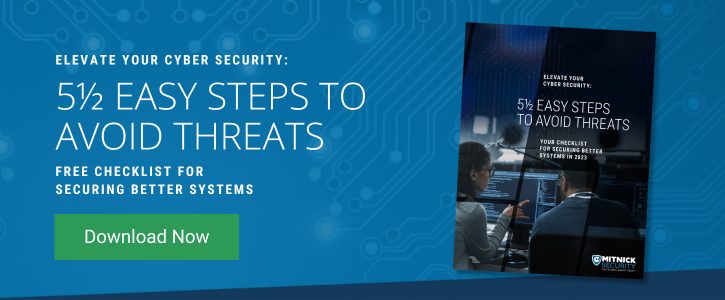Password managers are convenient tools for storing, organizing, and accessing passwords. But are they safe from cyber attacks?
Below, we’ll discuss some password management best practices and answer the most important questions when it comes to password managers.
How Do Password Managers Work?
Password managers operate differently based on which one you use, but their main purpose is to store passwords and organize them so that when you log in to an account, you don’t have to input your login credentials manually.
Benefits and Risks of Using a Password Manager
Password managers can offer the following benefits:
- Encryption for securely sharing login credentials with those you trust
- Autofill for logging in to accounts, even from apps passwords
- Password access and management flexibility and ease
Some password manager risks are:
- Social engineering and phishing attacks are primarily effective in compromising login credentials, putting password managers at risk
- If any of your systems that have access to your password managers are already infected with malware, such as ransomware, they could infect the rest of your systems
- A password manager can still be breached if you don’t follow the latest password management best practices
How Secure Are Password Managers?
While password managers in the cybersecurity landscape are generally seen as safe if created by a trusted company, there are some best practices you should follow first to make them as secure as possible.
How To Get the Most Out of Your Password Manager?
1. Use a Strong Master Password
This goes without saying, but having a strong master password — a password used to access your password manager — can be the sole difference between being hacked or not.
According to studies, master passwords should have the following qualities to be considered “strong”:
- No relation to passwords you’ve used before
- A blend of uppercase and lowercase letters, numbers, and symbols
- Should not have a name, person, character, or product that means something to you
- Ensure all passwords are used for one account only
- Should not contain personal information
- At least 12 characters long or more
2. Change Your Passwords Frequently
Another common recommendation for password management best practices is to change your passwords frequently.
Keeping the same passwords for a long period of time can create password manager risks, such as password crackers, password spraying, or credential stuffing.
We recommend you change your passwords every three to four months, especially your master password.
3. Crafts Custom Tests for Your Organization
Some cybersecurity experts coin themselves “pentesters” but are really far from it. While the use of automated tools or mass phishing attacks is indeed a part of most pentesting processes, they’re merely initial steps in gaining access to Mac environments.
A thorough pentest will include several crucial phases, and the right pentester will use more than one type of pentest to assess your security posture. When questioning possible penetration testing companies, ask them about some of the tactics they use when staging and executing attacks as well as the exact penetration test steps they take each phase. They should bring tests specifically tests for your organization.
4. Use a Trusted Password Manager Tool
While there are several password managers available to choose from, it’s considered one of the top password management best practices to only use ones from credible companies.
Some of these companies are Google, Apple, Microsoft, and 1Password.
Even With These Steps, Are They Enough To Protect Your Data?
While these steps are a great starting point for securely managing your passwords, they are only the foundation for protecting your information.
For fortifying your entire cyber security posture, we recommend finding a vendor who puts your exact needs first and ensures your other tools, such as password managers, are best protected.
Take the Next Steps Toward Maximizing Your Cybersecurity Posture
Working with the right cybersecurity vendor is the most failsafe method for protecting your data, but that doesn’t mean you shouldn’t educate yourself and your employees about cybersecurity best practices. Doing so will ensure your team is in complete alignment with your cybersecurity vendor, which will lead to the best results for your data protection.
Our team of cybersecurity experts — The Global Ghost Team™ — has created the top cybersecurity guide designed to help you mitigate and completely prevent cyber threats from causing irreparable damage to your organization. Learn to Avoid Cyber Threats in 5 ½ Easy Steps today.



